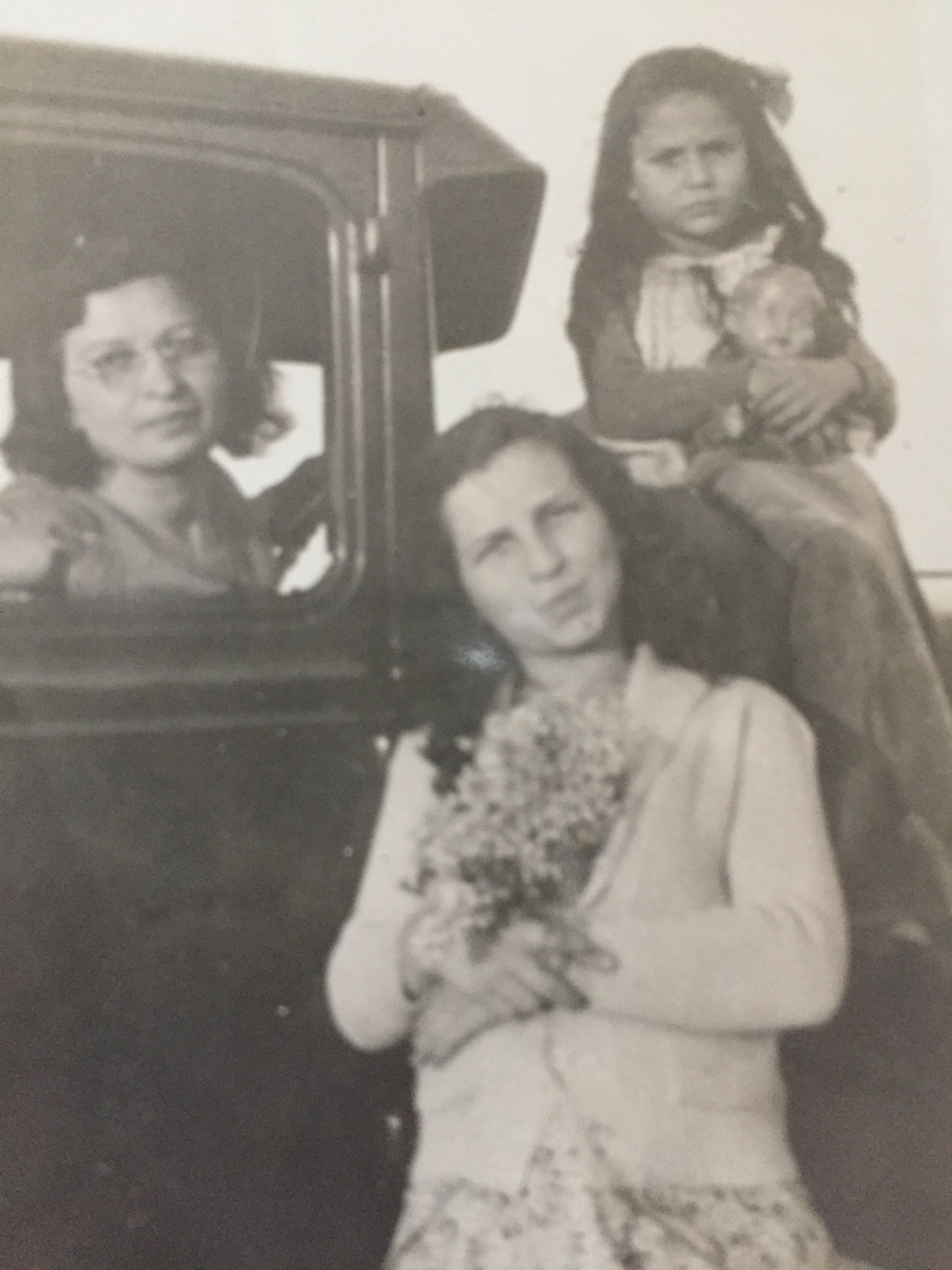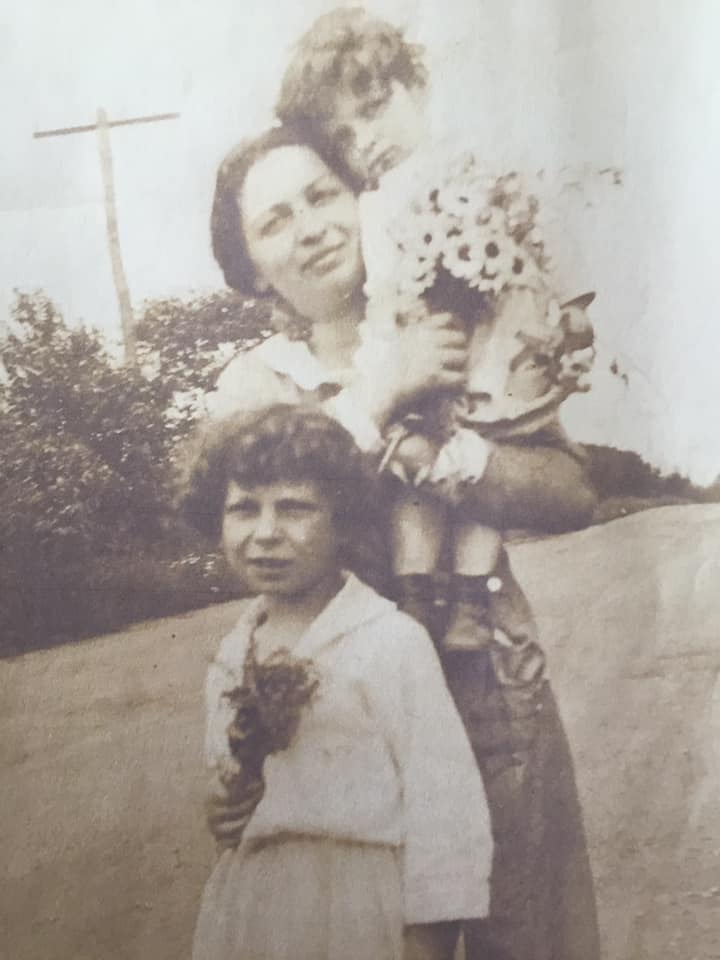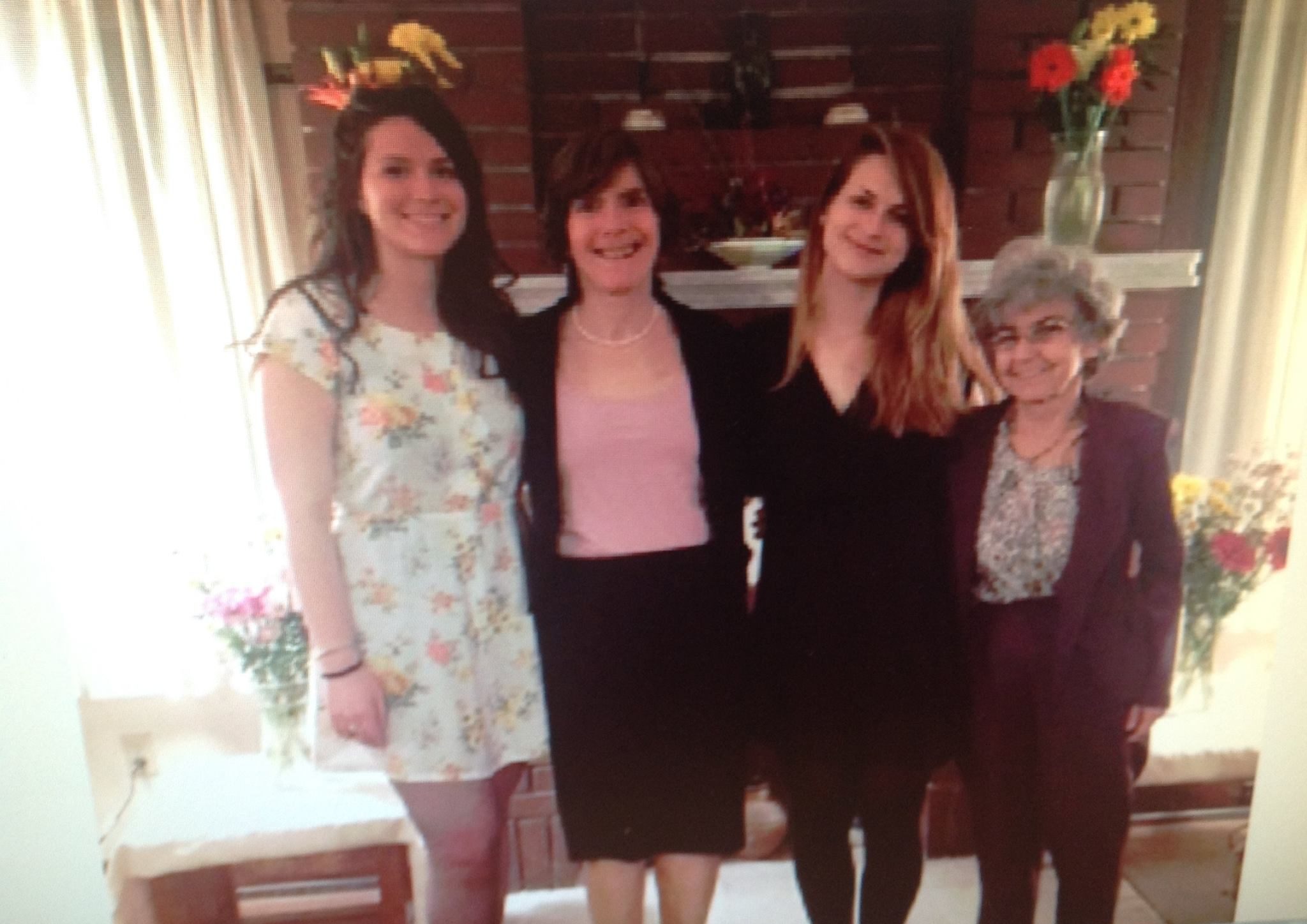
Dawson, circa 1948
Photo: Courtesy of Kipp Dawson
Kipp Dawson (1945-) has been a social justice leader for over 60 years, building coalitions in the Civil Rights Movement, the Vietnam anti-war movement, the women’s movement, the gay liberation movement, the labor movement, and the education justice movement. Dawson’s own identities as a lesbian, Jewish, working-class woman from a multi-racial family shaped her approach to movement organizing, with an emphasis on engaging people in collective action. Dawson’s many notable activities include co-founding the first Civil Rights club at Berkeley High School in 1960, in solidarity with the sit-in movement led by Southern students who would form the Student Nonviolent Coordinating Committee (SNCC). She co-organized the Free Speech Movement at San Francisco State College and co-organized large-scale sit-ins, led by the Ad Hoc Committee to End Discrimination, bringing an end to all-white employment practices in San Francisco. She was arrested six times and in 1966 served 29 days in jail.
Dawson served as co-founder of the Vietnam Day Committee in Berkeley with Jerry Rubin and Abbie Hoffman. She started the Vietnam Day Committee at San Francisco State College and co-organized many of the largest anti-war activities of the 1960s. Dawson organized and served as Executive Director, West Coast Spring Mobilization Committee to End the War in Vietnam and shared the fundraising stage with Janis Joplin. She opened for the 1967 rally of 75,000 people with Coretta Scott King, Judy Collins, and others. While in NYC (1967-1977), Dawson participated in the first and second Congresses to Unite Women; was a steering committee member for the Women’s Strike for Equality, meeting in Betty Friedan’s living room with Bella Abzug, Shirley Chisolm, Flo Kennedy, and others. She also served on the organizing committee of Christopher Street Liberation Day in NYC, which created the first annual PRIDE parades on the anniversaries of the Stonewall Uprising. Dawson ran for Senate from New York on the Socialist Workers Party ticket in 1970. She came out as a lesbian in 1970 and moved to Pittsburgh in 1977 with then partner Ginny Hildebrand where she became an organizer for the Pittsburgh Socialist Workers Party. She was hired in 1979 as a coal miner, a position she held for 13 years. She was part of the first Coal Employment Project Women Miners Support Team and was an activist and organizer for the United Mine Workers of America Local 1197. In 1984 Dawson traveled to England to support the British miners’ strikes. She traveled to San Salvador in 1985 representing UMWA Local 1197 at the conference of FENESTRAS Salvadoran trade union federation.


Dawson’s grandparents, Brocha Landau Morthilus and Herschel Morthilus (re-named Beatrice and Herman Martius), emigrated in the 1910s from a major center of nineteenth-century socialism in Lodz (then part of Russia, and later Poland, where Hitler created the infamous Lodz Ghetto) to Erie, Pennsylvania. In 1922, her grandmother was forced to flee her new home when her husband was murdered in Erie, Pennsylvania by white nationalist terrorists, empowered by the Ku Klux Klan and the U.S. government’s Palmer Raids. Dawson’s mother, Ann Martius, joined the Communist Party during its heyday among leftists and unionists, and worked as a WWII jeep driver and “Rosie the Riveter” in California factories. Dawson’s birth in 1945 was a deliberate act of resistance, viewed by her parents as their contribution to the Jewish population lost during the Holocaust. Her mother’s activism with the International Longshoremen’s and Warehousemen’s Union (ILWU) and her second marriage to Robert Dawson, a Black man, meant that, during the McCarthy era, the FBI regularly harassed Dawson’s bi-racial family at the working-class housing project in Berkeley, CA they called home. Dawson’s stepsister, Cheryl, was later among the founders of the Black Panther Party. Dawson was inspired by the strong revolutionary feminist role models in her family which shaped her life-long outlook on social justice issues.
When their housing project, Cordonices Village, closed in 1955, Dawson attended Franklin Elementary School, and then Burbank Jr. High School. After being outed for having a romantic relationship with another woman, Dawson graduated from Berkeley High School early at age 16, and enrolled in San Francisco State College. She dropped out of college in 1967 to work full time in the anti-war movement. Eventually she returned to college after her final lay-off from the coal mine, entering Chatham College (now Chatham University) through its Gateway program for women. Dawson graduated in 1994 at the age of 49, and went on to earn a Masters of Library and Information Science from the University of Pittsburgh in 2003. Dawson taught in Wilkinsburg and Pittsburgh Public Schools for 23 years. Dawson lives in Pittsburgh with her wife of over 30 years, Eileen Yacknin. They are the parents of two daughters.
